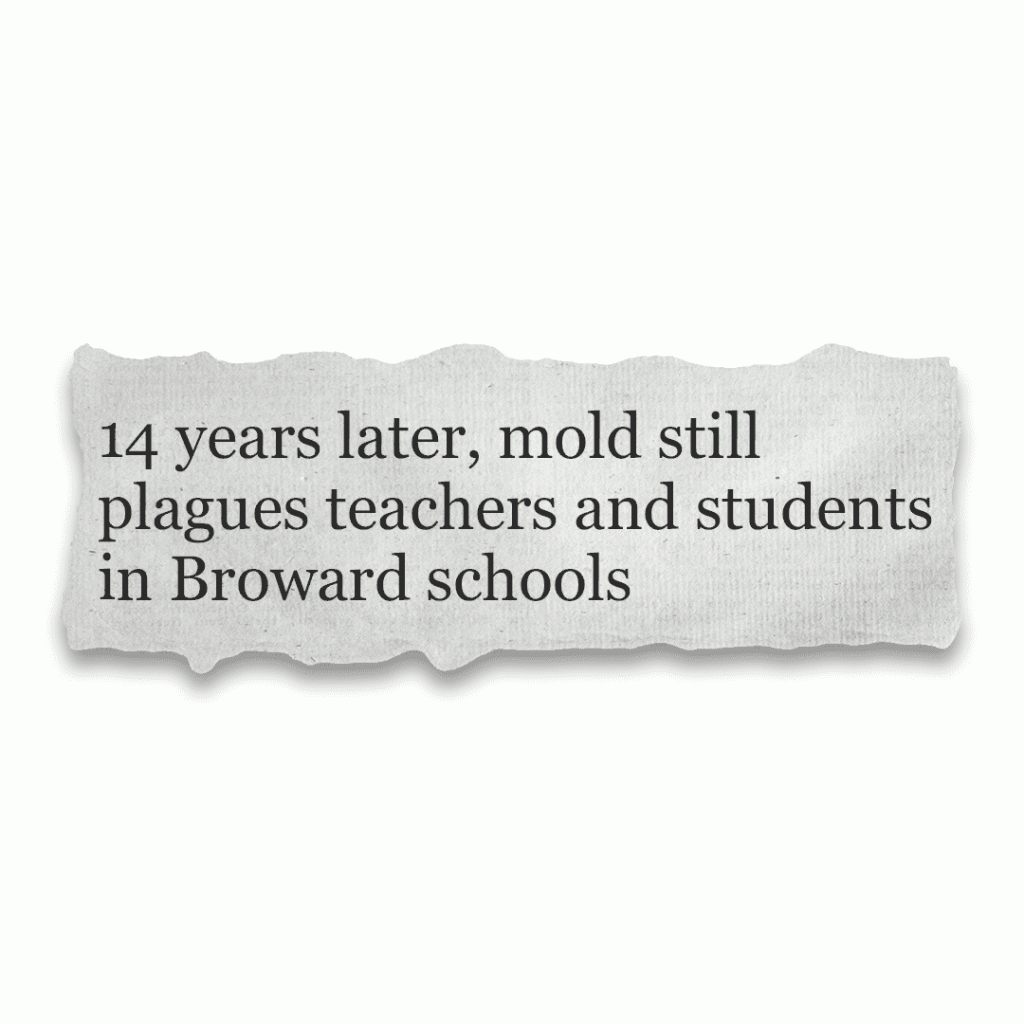Ventilation control stands as a linchpin in the battle against mold. The Elementary and Secondary School Emergency Relief Fund (ESSER) and the American Rescue Plan Act offer a unique opportunity for Local Education Agencies (LEAs) to leverage available resources for transformative change. Now, more than ever, schools can channel their funding towards crucial improvements, repairs, and upgrades to mechanical ventilation and control systems. EBTRON, a pioneer in indoor air quality solutions, takes this commitment further by providing cutting-edge technologies tailored to meet the specific needs of schools. Our solutions ensure optimal ventilation and offer precise monitoring and control, a formidable defense against mold infestations.







